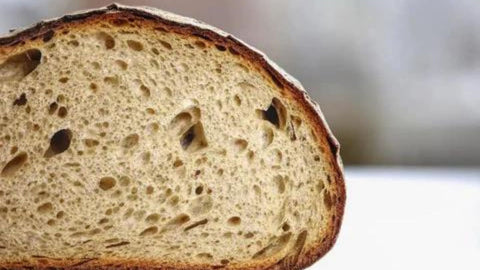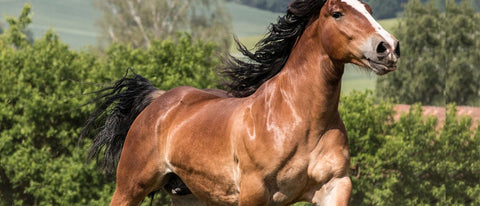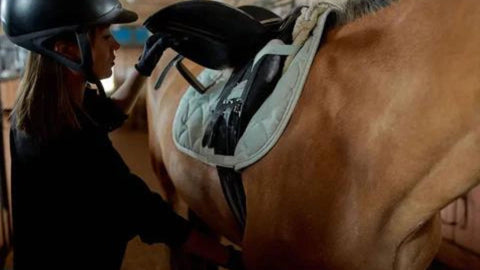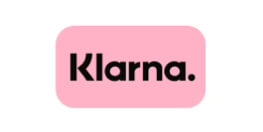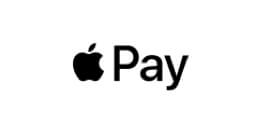
Florian ist aufgewachsen auf einem Bauernhof. Umgeben von Pferden, entdeckte er früh seine Faszination für diese majestätischen Tiere. Inspiriert von seiner reitbegeisterten Mutter, entwickelte er das Nahrungsergänzungmittel - Pferdegold. Seine tiefe Verbundenheit zur Natur und die leidenschaftliche Hingabe zu Pferden trieben ihn an, sein Unternehmen zu gründen.
Dry bread: what a treat! And so convenient, you don't have to buy anything extra – and you don't throw anything away. You save money and your conscience is at ease, too. A win-win situation at its finest. But is it really so?
Horses love bread and are therefore grateful for leftovers. It makes such a wonderful crunch when they bite into it, which makes chewing twice as much fun (we know this crunch phenomenon from chips). And eventually, it tastes so delicately sweet. No wonder most four-legged friends are crazy about it. For many owners, stale bread is a great treat substitute. However, it's not really good – at least that's the view of most experts.

Let's see what's hidden inside: horses have a sweet tooth.
Problem No. 1: Additives
Germans are so proud of their bread culture. But it's no longer what it used to be. In the past, a few ingredients were enough; today, bread contains a veritable armada of additives. Around 200 additives are officially approved. These range from enzymes that shorten the proving time to cysteine. Cysteine? That's a very special "treat." This protein building block is obtained from pig bristles or poultry feathers. Cysteine ensures that the dough stays nice and elastic and doesn't stick to the dough hook. Consumers are often in the dark when it comes to additives: Many don't even have to be declared.
Problem No. 2: Strength
Then you just swing the dough hook yourself! At least that way you know what's in it and can simply leave out the nasty additives. But there's another problem. Bread is usually made from wheat or rye flour. However, due to the gluten, this is difficult for horses to digest.
The high starch content can also literally upset horses' stomachs. In the worst case, this can lead to inflammation of the digestive tract, fermentation disorders, or laminitis. The starch is digested in the small intestine and enters the metabolism as blood sugar. If the sugar isn't broken down through exercise, it is stored. The possible consequences: metabolic problems and, of course, obesity. Bread should therefore be on the forbidden list, especially for light-feeding horses or horses with EMS or Cushing's syndrome.

Sweet temptation: glucose.
And where does the sweetness come from? You may have taken the bread test in elementary school. If you chew a piece of bread long enough, a sweetness will eventually develop in your mouth. The reason: Saliva contains the enzyme amylase, which breaks down the starch in bread into glucose.
Clean food
On the other hand, bread is a food product. And anything approved for human consumption must meet particularly high standards. The requirements are therefore much higher. The grain is always immaculately cleaned. Bread is also a powerhouse: It provides plenty of energy. In terms of nutrients, however, the bread can't compete with natural mineral feed for horses : They contain very few minerals and vitamins.
Our conclusion
It used to be standard to give bread as a treat. Today, we know it's better to avoid it. If a horse is given a small piece of bread as a treat on occasion, it won't immediately die. However, you should definitely make sure it's not moldy.
Fortunately, there are also healthy snacks like rose hips or carrots. But as with all treats, the rule is: in moderation and always with an adjustment period.

Pferdegold® Digestive Happiness
The Pferdegold Digestive Happiness diet supplement is designed to stabilize your horse's physiological digestion. It contains probiotics and fiber, providing a high-quality supplement to a balanced diet.
Order now